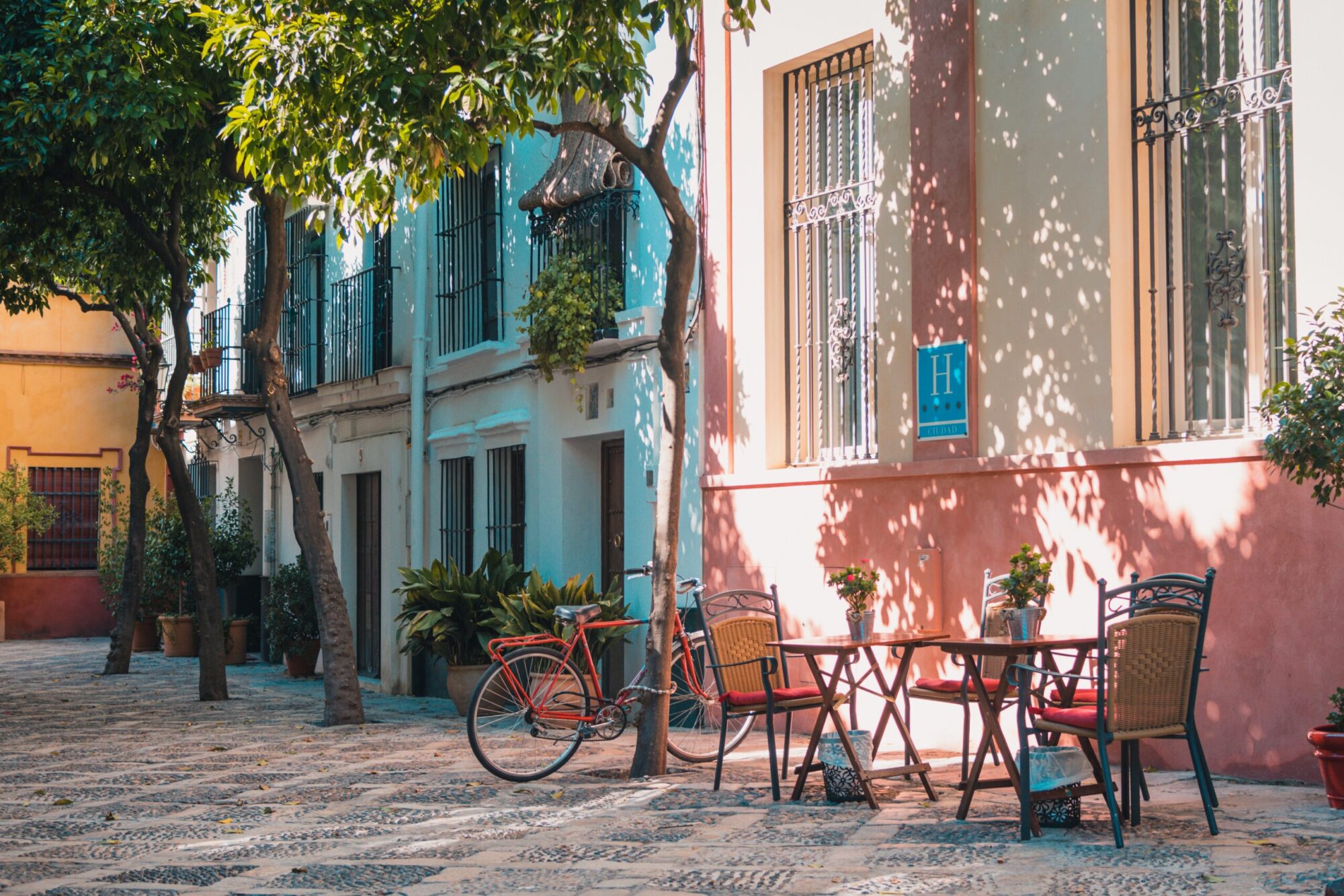Avoid the crowds and spark your inner explorer by venturing into these little-known Spanish gems.
There’s nothing wrong with a sangria-drenched evening dancing to reggaeton in a Spanish Discoteca. But that’s not why you clicked, right? You’re looking to explore Spain’s lesser-known zones. And there are plenty of those, particularly when you consider that Spain’s population density is a tiny 92 people per km squared (compare that to Italy with 200 people/km² or the Netherlands with 521/km²!!).
From mountains, lakes, and crystalline rivers, to small towns and cliff-top monasteries, Spain has everything the off-grid traveler could wish for. In this article, we’re sharing Join My Trip’s favorite off-grid destinations that even Spaniards don’t know about, so you can escape the crowds and satisfy your sense of adventure.
1. Wander around the clifftop hermitage near Sepulveda, Segovia
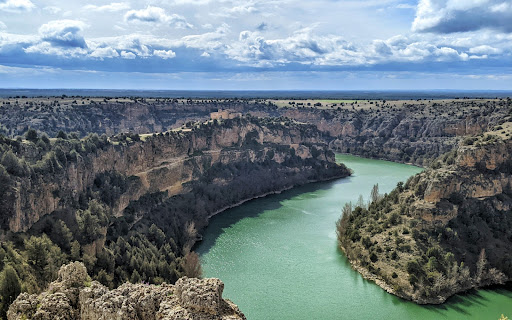
You can easily miss the turning for the Ermita de San Frutos. A long, neglected dirt track is hidden in the region of Segovia – and about an hour and a half from Madrid.
After 15 minutes of avoiding potholes and praying your rental car doesn’t get a scratch, it hits you: the dramatic turquoise of the Rio Duratón cutting through the canyon walls. Perched precariously on the edge of one of these cliffs, the river meandering around it far below is the Ermita de San Frutos.
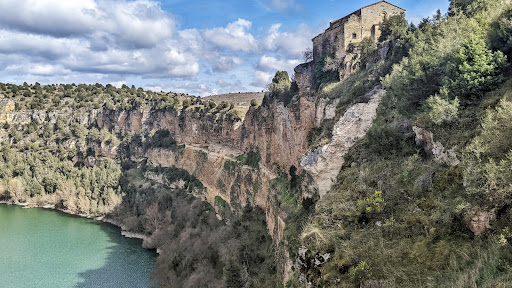
Although the hermitage was re-constructed in the 12th century, it was initially the brainchild of the 7th-century patron saint of Segovia, San Frutos. From a wealthy Visigoth family, the young San Frutos donated all of his riches to the poor, spending the rest of his life worshiping God with his two siblings on this secluded mountaintop.
You can wander around this small complex and enter the windswept monastery for free – although make sure to check opening times before you go. There are also paths etched into the cliff walls for hikers.
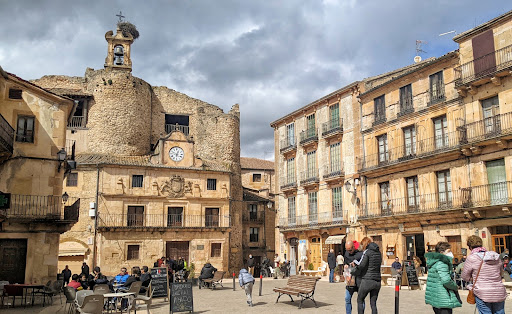
A mere 25-minute drive from this special spot is the small, medieval town of Sepulveda. Wander around the quiet streets until you reach the Plaza Mayor, where you will find plenty of restaurants serving up the region’s favorite dish: cochinillo. That is a baby pig. Spend the rest of the day coming to terms with your penchant for piglet on one of Sepulveda’s several hikes leading straight from the town.
2. Follow the fountains of Chelva to a wild swimming paradise, Valencia
Less than an hour inland from the coastal city of Valencia and accessible by public transport is a small time capsule known as Chelva. Just because you’re further away from the sea, however, doesn’t mean you have to put away your swimwear.
Once upon a time, Jewish, Muslim, and Christian communities peacefully coexisted in Chelva. Now, you can cross a wide open plaza constructed by the Christians to the narrow, winding streets flanked by whitewashed houses that were lived in by the Arabs 800 years ago. Proudly sitting in the central square is the Nuestra Señora de Los Ángeles – a huge, intricately detailed, baroque-era church.
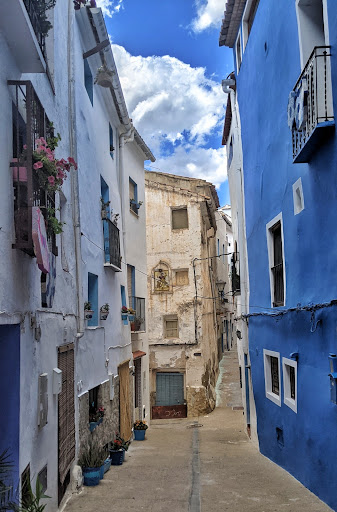
There are several routes you can take from the Plaza – one of them is the Ruta del Agua, which follows the town’s many fountains all the way down to an idyllic bathing spot with a waterfall. You could follow the arrows, but you’d be just as well to follow the sound of running water as you wind your way through the quiet streets.
Continue walking down until you reach a car park and more signs. Walk in the dappled shadows of the silver birch trees as you follow the river until you reach a mini beach. You’ll be hard-pressed to resist the clear, blue water, which is beautifully fresh after your walk underneath the Spanish sun. Connect with your inner child as you use the waterfall to propel you to the other side of the natural pool, climb the smooth rocks, or dive from the cliff face.
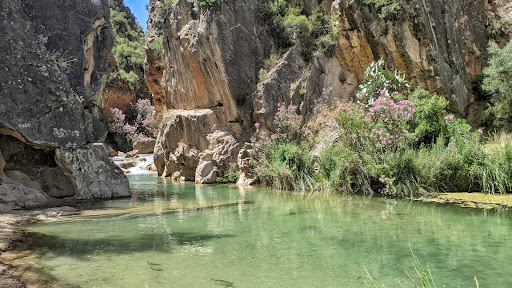
3. Discover bucolic villages in Cabranes and head to the coast for the perfect surf, Asturias
(Not that many) people go to the northern coastal region of Asturias for the breathtaking countryside, the perfect surfing conditions, and cooler weather. Take any small road, and it will lead you to tiny, little-known villages such as Pandenes, where the inhabitants take pride in cultivating colorful gardens and vegetable patches.
The Cabranes region is filled with hiking trails that take you through luscious woods, mountains covered with wildflowers, and small, half-derelict villages. Wherever you go, you will be accompanied by the soft chime of distant cowbells, so if you’re the kind of person who wants to escape the hustle and bustle of city life, this is the destination for you.
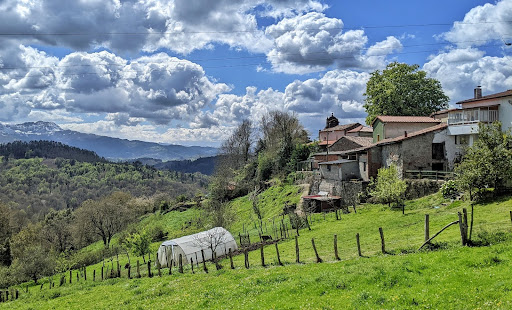
The regional dish – Arroz con Leche – is a particular point of pride for the folk in Las Cabranes. Every May, this sleepy corner of Asturias springs to life for the Festival de Arroz Con Leche, where competitions, traditional music, and dancing fill the streets of the otherwise tranquil Santolaya.
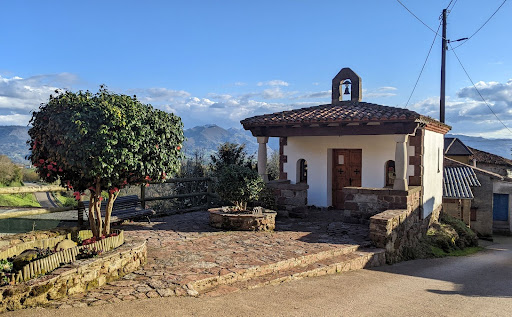
As you drive to the Asturian coastline for a windswept surfing session or perhaps just a walk along the moody Rodiles beach, you’ll pass many strange-looking wooden buildings on stilts. These are called hórreos, granaries where rural dwellers protected their harvests from the damp ground and pests.
4. Get in touch with nature at Cala de San Pedro – an isolated beach paradise, Almeria
So you said you wanted the off-grid experience? Well, it doesn’t get more off-grid than the beach of Cala de San Pedro. In fact, it’s so off-grid that a community of hippies has chosen to live in the cove year-round, cut off from modern life and civilization.
But first, to get to Cala de San Pedro, you will traverse the mesmerizing Cabo de Gata natural park. This enormous park features craggy, volcanic rocks and desert, which in Spring is carpeted with wildflowers. Aside from the charming towns and atmospheric scenery, the real delight of Cabo de Gata, however, is its beaches.
Choose almost any point along the Cabo de Gata coastline, and you will find a beautiful, preserved beach with the glittering, Mediterranean ocean. The Cala de San Pedro is particularly special, as you can only reach it after an hour’s hike or by boat. Its secluded position and free-living occupants mean that nudism is not only permitted but encouraged.
Before you decide to throw away all of your possessions and take up a more permanent, off-grid life on the Cala de San Pedro, we recommend you visit some of Almería’s towns. Níjar – also the name of the province – is a picturesque village known for its handicrafts, particularly its ceramics and hand-weaved rugs and blankets.
5. Enjoy Mallorca without the crowds in the small hillside village of Banyalbufar
When you hear the word Mallorca, a lot of you probably have a mental image of drunken, sunburnt tourists jumping off balconies into dirty pools. Well, if there’s one thing you take away from this article, let it be that this kind of tourism only occupies a very small corner of the island.
In reality, the beauty of Mallorca takes your breath away. A whole host of quaint fishing villages sit at the feet of the Tramuntana mountain range, meaning you could happily spend a relaxing day at the beach or opt instead for a hike across the rocky mountainscape.
Banyalbufar is a tiny village characterized by the 2000-plus terraces etched into the landscape by the Moors in the 10th century. It sits atop cliffs that dive into the sea – along with many of the village’s residents when the summer heat reaches a climax. There’s little more to do in Banyalbufar than rest, relax, and use it as a tranquil base for your excursions around the island. And really, peace and quiet (along with a healthy dose of sunshine) are all you could really want from a holiday.
Heading to Spain
There are many more hidden gems to explore in this beautiful, diverse country. Check out what trips are happening in Spain, or perhaps you know even more off-grid locations that you would like to share with fellow travelers. If so, you can host a trip yourself. Either way, Spain is a country just waiting to be explored by both adventure-seekers and laid-back holiday-goers.

